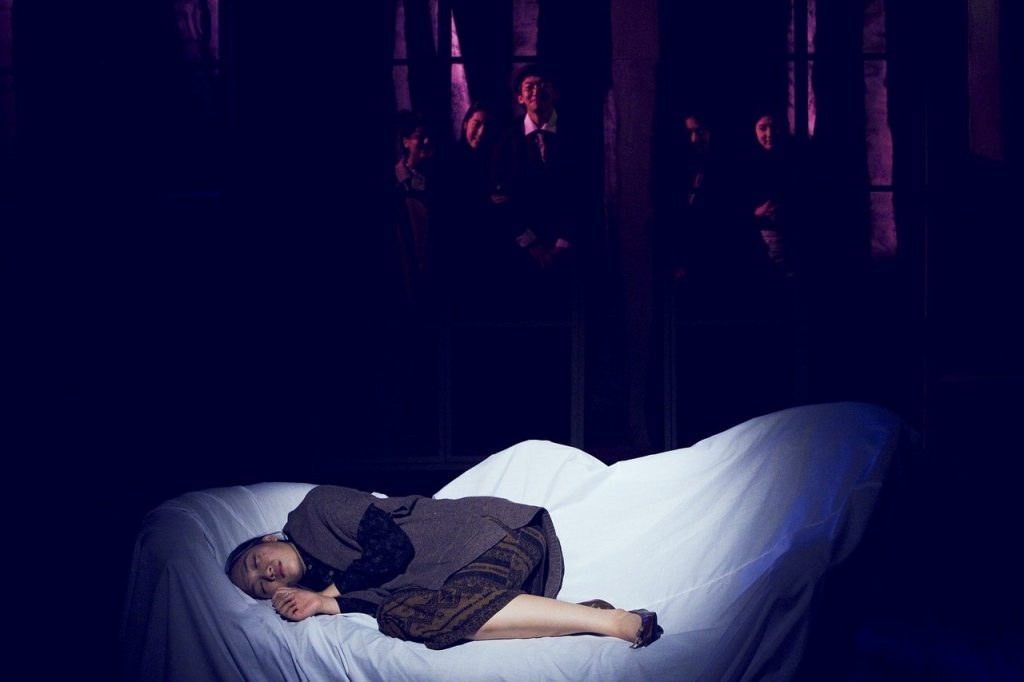Types of Monologue

A. Soliloquy
A speech that a character offers to himself– as if no person else is listening– which voices his internal thoughts aloud. Essentially, a soliloquy records a character speaking to himself in detail out loud. Naturally, the target market (and sometimes other personalities) can hear the speech, yet the individual talking with himself is uninformed of others listening. For instance, in comedy, frequently a personality is pictured offering themselves a lengthy, uplifting speech in the mirror while a friend is privately viewing them and also giggling. The soliloquy is just one of the most fundamental remarkable devices used by Shakespeare in his dramas.
B. Remarkable Talk
A speech that is given directly to the target market or an additional personality. It can be official or casual, funny or severe; but it is often substantial in both size and also function. For example, a scene that catches a head of state’s speech to a group exhibits a significant talk that is both lengthy and essential to the tale’s plotline. In fact, in TELEVISION, cinema, and film, all speeches given by a single character– to an audience, the target market, or even just one character– are remarkable monologues.
C. Internal Monologue
The expression of a personality’s ideas to make sure that the audience can witness (or read, in literature) what is going on inside that character’s mind. It is in some cases (depending upon the design in) referred to as “stream-of-consciousness.” In a piece of writing, inner talks can commonly be quickly recognized by italicized blocks of message that reveal a character’s internal thoughts. On TV and in movies, inner monologues are generally talked in the personality’s voice, but without seeing him really talk; therefore seeming having the ability to hear his ideas.
Read more